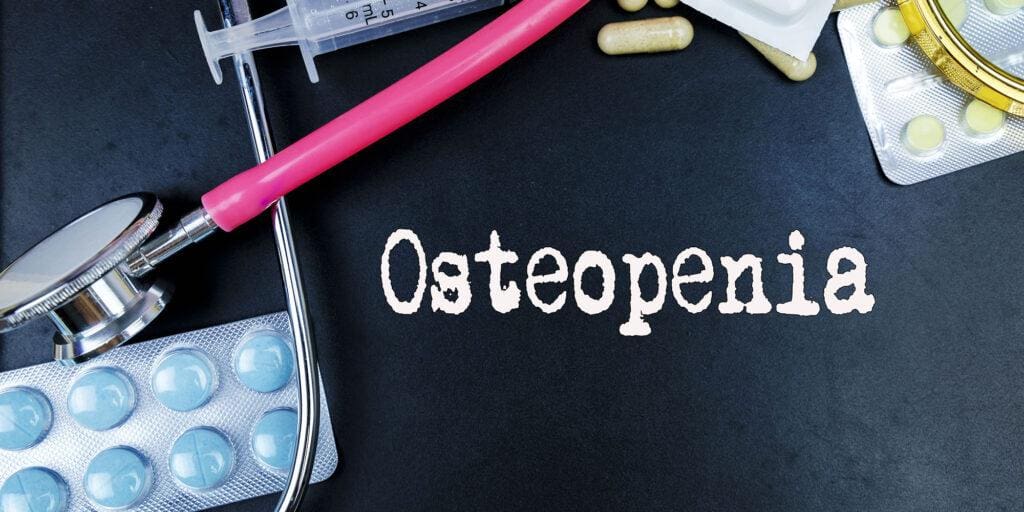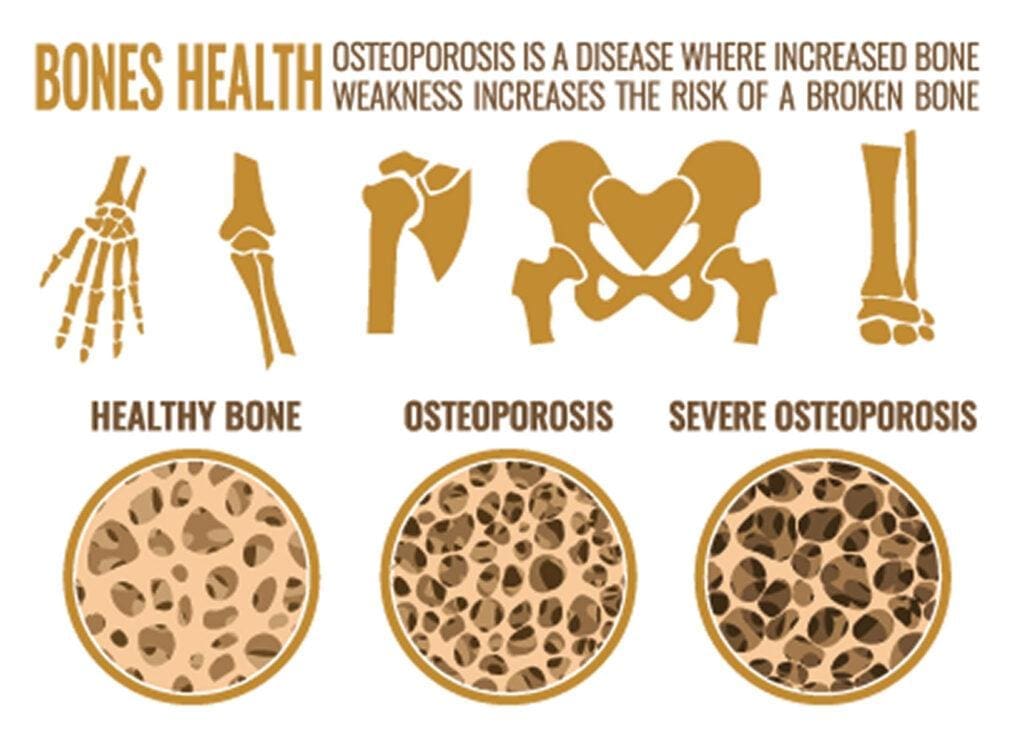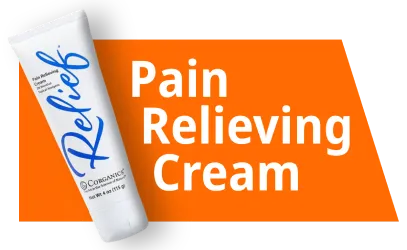Two conditions that are often confused for one another are osteopenia and osteoporosis. However, there are key distinctions between these medical concerns. Knowing these differences can help to create a more effective treatment plan. That being said, let’s take a look at osteopenia vs osteoporosis—the similarities, differences, and everything else you need to know to keep yourself healthy.
Understanding Osteopenia and Osteoporosis
Osteopenia and osteoporosis aren’t all that different if you look at the type of condition they both are. Both of these conditions have an impact on bone strength. In summary, osteopenia and osteoporosis cause a loss of bone strength. Where the difference lies is in the severity of the condition.
Osteopenia is something that happens to many people as they age. It’s actually quite natural for bones to become increasingly thinner over time and lead to a diagnosis of osteopenia. But osteopenia is often known as the first step toward osteoporosis. This is because having osteopenia is a huge risk factor for developing osteoporosis.
Osteoporosis, in turn, is a more severe form of a loss in bone strength. As a result, it can lead to greater complications, such as:
People who have osteoporosis are more likely to have hip and spine issues, which can also lead to chronic pain. All of these make it more challenging to do daily activities simply because of the risk of getting hurt and the potential aftermath.
The signs of osteopenia and osteoporosis are frequently known as silent symptoms because most people do not know that their bones are getting weaker unless something substantial, like a bone fracture, occurs. This is why experts recommend getting your bone strength tested every two years from the age of 65 and onward. For people who are at risk for either of these conditions, getting checked for osteopenia vs osteoporosis even earlier might be necessary.
Getting Diagnosed with Osteopenia vs Osteoporosis
Determining bone strength is essential in getting a diagnosis of either osteopenia or osteoporosis. Bone strength can be measured through a method known as bone mineral density testing. This is also called a dual energy x-ray absorptiometry (DEXA) scan. As the name suggests, this type of bone density testing is done with a machine that takes x-ray photos of your hips and spine. A radiologist or other type of specialist then examines the images to determine your T score, which will explain your current bone density.

When the expert can determine your actual bone density score, the differences between osteopenia vs osteoporosis become significant. If the T score is anywhere in the range of negative 1 to negative 2.5, you meet the qualifications for osteopenia. If this score is at a negative 2.5 or any lower, this is when you will be diagnosed with osteoporosis.
Most people with osteopenia don’t have any obvious symptoms, as stated above. Catching loss of bone strength in the stages where it can be diagnosed as osteopenia is a good thing—it means that there are more preventative measures as well as treatments that you can implement right away.
However, if your bone density is low enough that you get a diagnosis of osteoporosis, the treatment plan changes. Preventative measures are still important to put in place, but not just to avoid further deterioration of the bones—they can also help you to avoid the most serious of osteoporosis symptoms, including:
- Chronic pain
- Broken bones
- Decreased stature
- And even death.
Risk Factors for Developing Osteopenia vs Osteoporosis
The biggest risk factor for both osteopenia and osteoporosis is getting older. But aging doesn’t guarantee that you will get either one of these conditions, which is why it’s important to pay attention to the other risk factors as well. For osteopenia, these risk factors would be:
- Having a low body weight
- Diet that does not contain enough vitamin D and/or calcium
- Lack of exercise
- Having co-occurring disorders (such as arthritis)
- Having a history of or current symptoms of an eating disorder
Similarly, the risk factors for osteoporosis include these things. On top of this, there are also some risk factors that cannot be controlled, including:
- Having a diagnosis of osteopenia
- Being over the age of 50
- Being caucasian or Asian
- Being a woman
- Having a family history of fragile bones
If you meet the requirements for one or more of these risk factors, talk to your doctor right away. Your doctor might want you to have a physical examination or a bone density scan to assess your bone strength. From there, if you do end up being diagnosed with osteopenia or osteoporosis, don’t panic—there are some treatment options that can help you to stay on your feet.
Treatment for These Conditions
Since the severity of these conditions differs so drastically, the treatment also differs. To start, osteopenia treatment focuses a lot on preventing further loss of strength. So, eliminating unhealthy habits (such as drinking and smoking), following an exercise regime, and taking supplemental vitamins (namely calcium and vitamin D) are all tactics that can help to keep up the strength that you do have. It’s also important to get the right nutrients from your diet to increase bone strength.
Furthermore, with osteopenia vs osteoporosis, treatment tends to be more conservative. This is because the risk of fracture is much greater in people with osteoporosis. For osteoporosis, there are now medications that work to address the loss of bone strength. Not only can these medications reduce the risk of additional fractures but they can also increase bone density in key areas, like the hips and spine.
Treatment for osteopenia vs osteoporosis also differs depending on a few different factors, such as:
- Where bone density is lowest
- Current fractures or injuries
- Exercise limitations
This is why it’s so important to work with a trusted healthcare professional to understand where your treatment needs are. Additionally, if you meet any of the risk factors for either osteopenia or osteoporosis, including being over the age of 50, it’s essential to have routine bone density scans to make sure that your bones are healthy.
No matter what stage in the process you are—recognizing the symptoms, being diagnosed with either osteopenia or osteoporosis, or being well into your treatment—know that you are not alone in this. Not only are both osteopenia and osteoporosis common conditions, but having a progressive condition that can cause pain over time is something that many others struggle with as well.
To gain more knowledge and get support, reach out to others through the Pain Resource Community. Here, we understand the physical, emotional, and mental strain of living with a medical condition. Build your strength in every sense of the word with this community behind you.
What are your thoughts on this article?
Let us know in the comments below!
What topics should we cover next?
Email us your ideas at info@painresource.com!
Did you know we have different groups for different conditions?






Thank you for sharing! It’s nice to have these articles available!